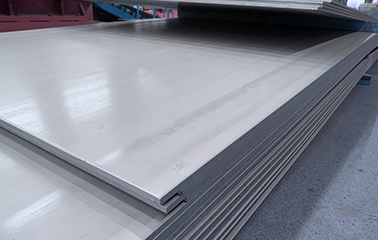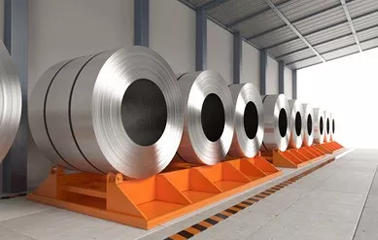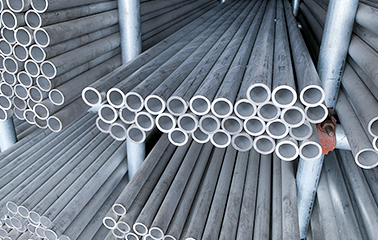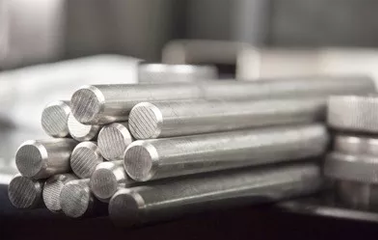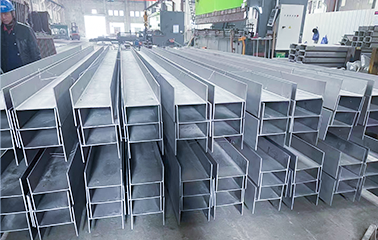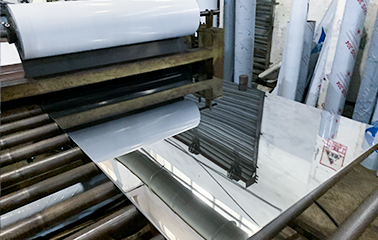When it comes to choosing stainless steel for saltwater applications, two popular grades stand out: 304 and 316. Both offer excellent corrosion resistance, but understanding their differences is crucial for making an informed decision. In this article, we delve into the battle of stainless steels - 304 vs 316 - and explore their saltwater corrosion resistance, applications, and key factors to consider.
Understanding 304 Stainless Steel:
304 stainless steel is a versatile and widely used austenitic grade. It contains 18% chromium and 8% nickel, which provide good corrosion resistance in various environments, including freshwater applications. However, its performance in saltwater conditions is a point of consideration.
Exploring 316 Stainless Steel:
316 stainless steel, also an austenitic grade, contains 16% chromium, 10% nickel, and 2% molybdenum. This additional molybdenum enhances its resistance to chloride ions, making it highly suitable for saltwater environments. Consequently, 316 stainless steel is often referred to as "marine-grade" stainless steel.
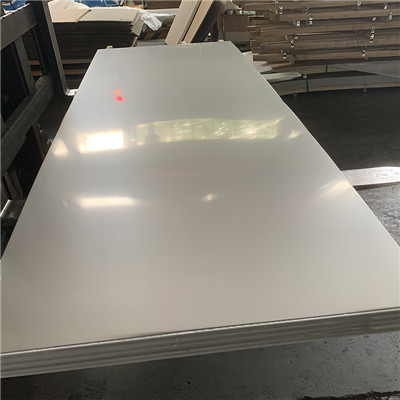
Saltwater Corrosion Resistance:
In saltwater applications, corrosion can pose a significant challenge. Chloride ions in saltwater can accelerate the corrosion process, compromising the integrity of metal components. While both 304 and 316 stainless steel exhibit corrosion resistance, 316 stainless steel performs exceptionally well in saltwater due to its higher molybdenum content.
Saltwater Applications:
Saltwater corrosion is a concern in various industries, such as marine, coastal infrastructure, and chemical processing. Common saltwater applications include boat fittings, offshore structures, piers, seawater desalination plants, and coastal architectural elements. In these environments, using the right stainless steel grade is crucial to ensure long-term performance and durability.
Key Factors to Consider:
When selecting between 304 and 316 stainless steel for saltwater applications, several factors should be taken into account. These include the level of chloride exposure, temperature variations, maintenance requirements, and budget constraints. Consulting with stainless steel experts and considering the specific application conditions can help make an informed choice.
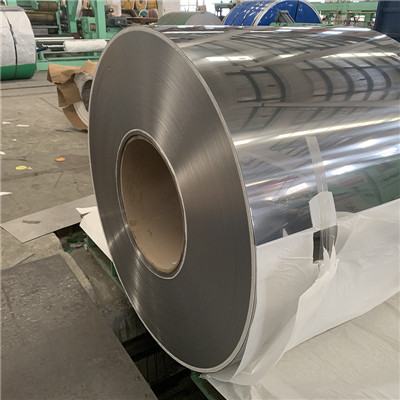
In the battle of stainless steels - 304 vs 316 - for saltwater corrosion resistance, 316 stainless steel emerges as the superior choice. Its higher molybdenum content provides enhanced resistance to chloride ions, making it highly suitable for saltwater environments. However, the selection should be based on careful consideration of application requirements and conditions. Whether it's boat fittings, coastal structures, or other saltwater applications, choosing the right stainless steel grade ensures longevity and optimal performance.
By understanding the differences between 304 and 316 stainless steel and their performance in saltwater conditions, you can make an informed decision and select the most appropriate material for your saltwater applications. Ensure to consult with stainless steel experts and consider the specific needs of your project to achieve optimal corrosion resistance and durability.

 English
>
English
>
 Russian
Russian
 Spanish
Spanish
